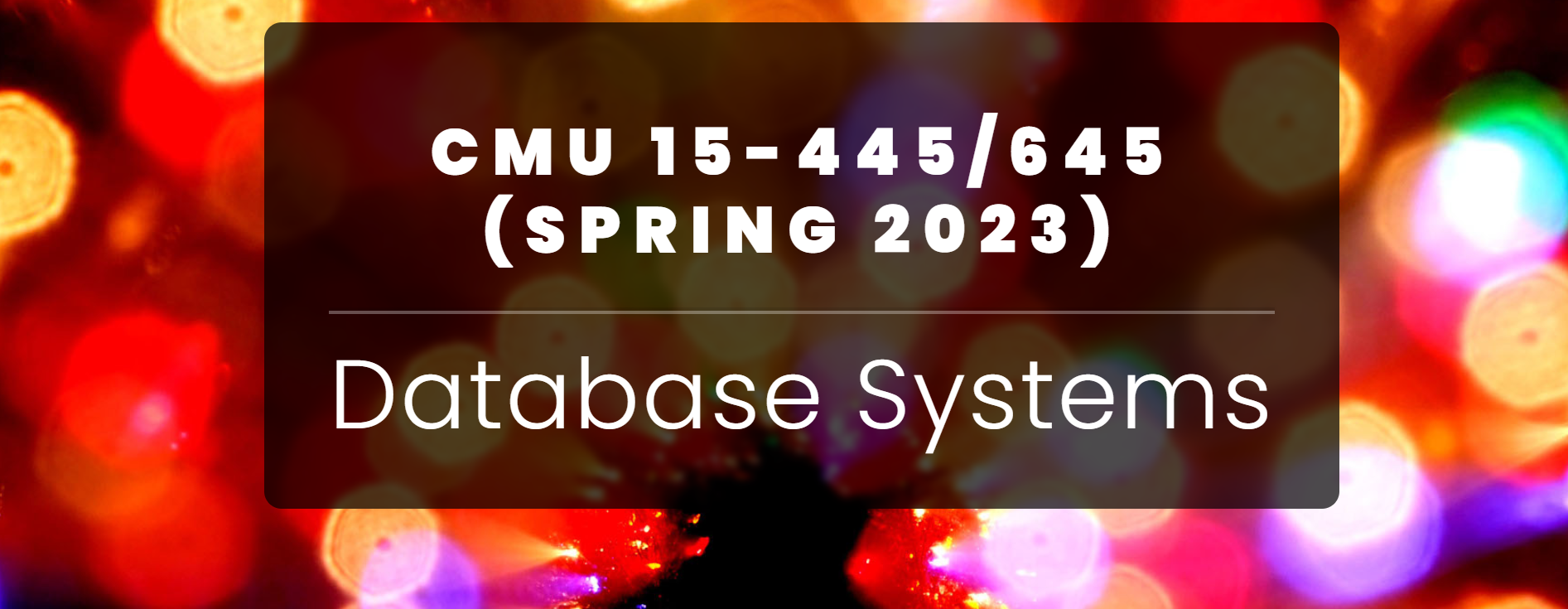C++ 算法刷题 - 常用技巧汇总 定义变量 自带的宏常量 1 2 3 4 5 6 int N = INT_MAX; int M = INT_MIN; const int INF = 0x3f3f3f3 ; INF: std::cout << "N: " << N << std::endl; std::cout << "M: " << M << std::endl; std::cout << "INF: " << INF << std::endl;
字符串及字符处理 字符串初始化 让字符串重复,利用构造函数来初始化
1 2 std::string str (10 , 'h' ) ; std::cout << str << std::endl;
字符串判断函数
isdigit(c) // 判断给定字符是否是数字字符
isalpha(c) // 判断字符是否是字母
isalnum(c) // 判断字符是否是字符或数字
tolower(c)// 转为小写
toupper(c) // 转为大写
transform(str.begin(), str.end(), str.begin(), ::tolower; // 所有字符转为小写
代码示例
1 2 3 4 5 6 7 8 9 10 11 12 13 14 15 16 17 18 19 20 21 22 23 24 25 26 std::vector<char > res = {'a' ,'b' ,'c' ,'5' ,'6' ,'7' }; int cnt = 0 ;for (auto x : res) { if (isdigit (x)) { std::cout << (x - '0' ) << ' ' ; } if (std::isalnum (x)) { cnt++; } } std::cout << std::endl; std::cout << "cnt: " << cnt << std::endl; for (auto &x : res) { if (isalpha (x)) { x = toupper (x); } std::cout << x << ' ' ; } std::cout << std::endl; for (auto t : res) std::cout << t << ' ' ; std::string str1 = "TOM, jack" ; transform (str1.begin (), str1.end (), str1.begin (), ::uplower); std::cout << str1;
字符串和数字间的转化 00.字符串转整数(秦九韶算法) 1 2 3 4 5 6 std::string str = "123456" ; int res = 0 ;for (int i = 0 ; i < str.size (); i++) { res = res * 10 + str[i] - '0' ; } std::cout << "res: " << res << std::endl;
应用题型:
【AcWing 4945. 比大小 - 进位制、秦九韶】 题解
【LeetCode 8. 字符串转换整数 (类atoi)】 题解
Ps:相关函数: to_string(num) 整型转字符串
01.stoi() 字符串转整数 int stoi( const std::string& str, std::size_t* pos = 0, int base = 10 );
pos: 可选参数,指向第一个无效字符位置的指针 base: 进制数, 默认是10
std::to_string(num)数字转字符串,包含double
1 2 3 4 int num = 100 ;std::string str = std::to_string (num); int n = stoi (str); std::cout << "str: " << str << '\n' << "n: " << n << std::endl;
02.atoi() C风格字符串转整数 int atoi(const char* str);
1 2 3 const char * str = " 41.9999" ;int n = std::atoi (str); std::cout << n << std::endl;
03.atof() C风格字符串转浮点数 double atof(const char* str);
atof()会从字符串中解析出有效的浮点数,无法解析时,会返回0
1 2 3 const char * str = " -2.45x6" ;double f = std::atof (str);std::cout << "f: " << f << std::endl;
Ps:
atof()(只能处理以null结尾的C风格字符串(const char str
若是处理C++里的std::string,需要使用.c_str()方法获取其地址,然后在进行转换
代码示例,
1 2 3 std::string str = " -3.141/5" ; double f = std::atof (str.c_str ());std::cout << "f: " << f << std::endl;
04.str.c_str()用法 const CharT* c_str() const;
返回值,指向底层字符存储的指针。
s.c_str()函数,返回一个指向C字符串的指针常量 , 内容与本string串相同.
1 2 3 4 5 6 std::string str = "hello" ; const char * s = {};s = str.c_str (); std::cout << "s: " << s << std::endl; printf ("%s" , str.c_str ());
c_str()返回的是一个临时指针,不能对其进行操作
代码示例,
1 2 3 4 5 6 char c[10 ];std::string str = "good morning" ; strcpy (c, str.c_str ()); std::cout << c << std::endl;
【s.c_str()使用详情】
相关拓展: 取出数字的每一位
int t = x % 10; // 循环,从低位到高位取每一位数字
代码示例,
1 2 3 4 5 6 7 8 9 10 11 int x = 45678 ;std::vector<int > res; while (x) { int t = x % 10 ; res.push_back (t); x /= 10 ; } reverse (res.begin (), res.end ());for (auto n : res) { std::cout << n << ' ' ; }
**应用题型:
蓝桥杯 1245. 特别数的和 题解
知识点:【reserve() 字符串反转】
字符串按空格分隔 将字符串按空格进行分割,类似其他语言的split()方法
代码示例,
1 2 3 4 5 6 7 8 9 10 11 12 13 14 15 16 17 18 std::string str = "hello I am fine hhh" ; std::stringstream ss (str) ;std::string s; int cnt = 0 ;while (ss >> s) { cnt++; std::cout << s << std::endl; } std::cout << cnt << std::endl; hello I am fine hhh 5
相关题型,
【AcWing 770. 单词替换 】 【题解】
字符串按格式拆分 可以按自定义格式进行拆分
void* memcpy(void* dest, const void* src, std::size_t count);
用于将src指针指向的内存区域的数据复制到dest指针指向的内存区域,复制的字节数由count指定。注意memcpy不会添加末尾空字符
int sscanf(const char* str, const char* format, ...);
从一个字符串中读取数据并根据指定的格式进行解析。
代码示例,
1 2 3 4 5 6 7 8 9 10 11 12 13 14 std::string a = "12:36:40" ; std::string b = "45s67,55" ; char str[100 ];memcpy (str, a.c_str (), strlen (a.c_str ())); int u,v,w;sscanf (str, "%d:%d:%d" , &u, &v, &w); std::cout << u << ' ' << v << ' ' << w << '\n' ; char str1[100 ];memcpy (str1, b.c_str (), strlen (b.c_str ()));int x,y,z;sscanf (str1, "%ds%d,%d" , &x, &y, &z);std::cout << x << ' ' << y << ' ' << z << '\n' ;
另外一种写法,
``istringstream` 自动截取分隔符号
需要注意的是,将std::string类型的字符串转换成char类型的字符数组
并使用sscanf的方式不是C++中推荐的做法。C++提供了更加安全和便捷的方式来解析字符串,
例如使用std::istringstream,这样可以避免手动内存管理和潜在的缓冲区溢出问题
1 2 3 4 5 6 std::string c = "1s2-4,5?99" ; std::istringstream iss (c) ; char delimiter;int x,y,m,n,q;iss >> x >> delimiter >> y >> delimiter >> m >> delimiter >> n >> delimiter >> q; std::cout << x << ' ' << y << ' ' << m << ' ' << n << ' ' << q << '\n' ;
1 2 3 4 5 6 7 8 9 10 11 12 13 14 15 16 17 18 std::string str = "hello I am fine hhh" ; std::stringstream ss (str) ; std::string s; int cnt = 0 ;while (ss >> s) { cnt++; std::cout << s << std::endl; } std::cout << cnt << std::endl; hello I am fine hhh 5
利用字符串四舍五入保留小数 在C++语言中,**printf函数本身并不提供四舍五入的功能。**
printf是一个格式化输出函数,用于将数据按照指定格式输出到标准输出或其他输出流中,但它并不会对数据进行四舍五入操作。
方法一: 利用字符串
sprintf()函数是C语言标准库中的一个函数,用于将格式化的数据写入到字符串中。
1 2 3 4 5 char str[10 ];double num = 123.456 ;sprintf (str, "%.2f" , num);std::string s = str; std::cout << s << std::endl;
方法二: 利用库函数
使用头文件中的std::fixed 和 std::setprecision ,来指定保留的小数位
1 2 3 4 5 double num = 3.14159 ;int k = 3 ; std::cout << std::fixed << std::setprecision (k) << num << std::endl;
迭代器的二分
// 一般升序使用
lower_bound(nums.begin(), nums.end(), 44) - nums.begin(); // 用于查找大于等于给定值的第一个元素
upper_bound(nums.begin(), nums.end(), 55) - nums.begin(); // 用于查找大于给定值的第一个元素
代码示例,
1 2 3 4 5 6 7 8 9 std::vector<int > nums{1 ,2 ,34 ,44 ,55 ,66 }; int k = lower_bound (nums.begin (), nums.end (), 44 ) - nums.begin (); int m = upper_bound (nums.begin (), nums.end (), 55 ) - nums.begin (); std::cout << "k: " << k << std::endl; std::cout << "m: " << m << std::endl;
大根堆和小根堆 1 2 3 4 5 6 7 8 9 10 11 priority_queue<int > pq; priority_queue<int , vector<int >, greater<int >> pq; #include <queue> size ()empty ()push () 插入一个元素top () 返回堆顶元素pop () 弹出堆顶元素q = queue <int >(); 初始化队列 相当于clear
代码示例,
【洛谷 模拟堆操作 - 模板题】 ,STL实现小根堆的增删改
1 2 3 4 5 6 7 8 9 10 11 12 13 14 15 16 17 18 19 20 21 22 23 24 25 26 #include <iostream> #include <queue> #include <vector> using namespace std;int main () priority_queue<int , vector<int >, greater<int >> heap; int n, op; scanf ("%d" , &n); while (n--) { scanf ("%d" , &op); if (op == 1 ) { int x; scanf ("%d" , &x); heap.push (x); } else if (op == 2 ) { printf ("%d\n" , heap.top ()); } else { heap.pop (); } } return 0 ; }
相关应用,
【洛谷 模拟堆操作 - 模板题】
【剑指 - Offer 40. 最小的k个数】 【题解】
【LeetCode 47. 前 K 个高频元素】 【题解】
【AcWing 堆排序 - 模板题】 【题解】
【AcWing 模拟堆 - 模板题】 【题解】
快速初始化数组 memset(), 按字节来初始化元素的值或清空数组,常用于图论题
1 2 3 4 memset (nums, 0 , sizeof nums); memset (nums, -1 , sizeof nums);memset (nums, 0x3f , sizeof nums);
bitset 压位 自己目前还没遇到过这类题型,可能是考察的少(应该是刷题少了),后续有做到类似的题再补充
1 2 3 4 5 6 uint32_t reverseBits (uint32_t ) string s = bitset <32 >(n).to_string (); reverse (s.begin (), s.end ()); return bitset <32 >(s).to_ulong () }
一些C++11新特性 1 2 3 4 auto p = new ListNode (); Node* pre = nullptr ; unordered_map<int , int > map; unordered_set<int > st;
自定义排序规则 结构体排序 代码示例,
1 2 3 4 5 6 7 8 9 10 11 12 13 14 15 16 17 18 19 20 21 22 23 24 25 26 27 28 29 30 31 #include <iostream> #include <vector> #include <algorithm> struct node { int a, b; bool operator < (const node &_node) const { if (a != _node.a) return a < _node.a; return b < _node.b; } }; int main () std::vector<node> arr; arr.push_back ({1 ,3 }); arr.push_back ({1 ,2 }); arr.push_back ({2 ,5 }); arr.push_back ({2 ,1 }); sort (arr.begin (), arr.end ()); for (auto node : arr) { std::cout << node.a << ' ' << node.b << '\n' ; } return 0 ; } 1 2 1 3 2 1 2 5
类似用法,
【文档 结构体排序的四种方法】
优先队列自定义排序 代码示例,
1 2 3 4 5 6 7 8 9 10 11 12 13 14 15 16 17 18 19 20 21 22 23 24 25 26 27 28 29 30 31 32 33 #include <iostream> #include <queue> struct node { int a, b; bool operator < (const node &_node) const { if (a != _node.a) return a < _node.a; return b < _node.b; } }; int main () std::priority_queue<node> heap; heap.push ({1 ,3 }); heap.push ({1 ,2 }); heap.push ({2 ,5 }); heap.push ({2 ,1 }); while (!heap.empty ()) { std::cout << heap.top ().a << ' ' << heap.top ().b << '\n' ; heap.pop (); } return 0 ; } 2 5 2 1 1 3 1 2
类似题型,
【LeetCode 47. 前 K 个高频元素】 【题解】
pair二元组关键字排序 pair 默认对first升序,当first相同时对second升序
相关题型,
【AcWing 3425. 小白鼠排队】 【题解】
【AcWing 3451. 字符串排序II】 【题解】
sort()自定义排序,需重载比较函数 sort()常规用法,
1 2 3 4 5 6 7 8 9 10 11 12 13 14 15 16 17 18 19 20 21 22 23 24 std::vector<int > res = {4 ,92 ,1 ,-1 ,4 }; sort (res.begin (), res.end ()); for (auto x : res) { std::cout << x << ' ' ; } std::cout<<'\n' ; sort (res.rbegin (), res.rend ()); for (auto x : res) { std::cout << x << ' ' ; } std::cout<<'\n' ; sort (res.begin (), res.end (), std::greater <int >()); for (auto x : res) { std::cout << x << ' ' ; } std::cout<<'\n' ; -1 1 4 4 92 92 4 4 1 -1 92 4 4 1 -1
其他用法,
【文档 C++ 二维vector排序(sort用法)】
其他一些常用库函数 求最值,max,min 需要引入```头文件, 使用初始化列表形式来传参
1 2 3 4 int ma = std::max ({99 ,1 ,30 ,0 }); int mi = std::min ({1 ,-33 ,10 });std::cout << ma << std::endl; std::cout << mi << std::endl;
查找最值元素下标,max_element min_element 1 2 3 int a[]={1 ,4 ,3 ,2 ,99 };std::cout << std::max_element (a,a+5 )-a << std::endl; std::cout << std::min_element (a,a+5 )-a << std::endl;
求排列,prev_permutation next_permutation prev_permutation函数是生成给定序列的上一个较小的排列。
next_permutation函数是求下一个全排列。
相关应用,
【prev_permutation函数】
【AcWing 51. 数字排列】
好了,暂时先收录这些,有新内容了在抽空更新整理吧
….
参考资料 【文档 C++ 刷题常用技巧】
【视频 C/C++常用刷题技巧】
【视频 C++ 那些写起来简单方便的函数】




